The Role of the Left Arm in the Right-Handed Swing
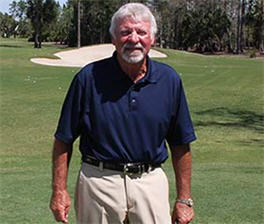
I was interested to see that Padraig Harrington, Tom Watson, and Adam Scott, in one way or another, all described the importance of their left arm in the golf swing in this new Golf Digest. It’s been a fundamental of Jimmy Ballard’s for years, and yet I feel like few people seem to actually understand it. It seems like it’s worth a minute of our time.
Most of us have heard to take our address and let our arms fall loosely straight down, once we have taken our grip and our stance. What’s interesting about that, is that it puts your arms beside your chest, and not on top of it. And unfortunately, for the left arm to work the way it needs to in the golf swing, it needs to be in front of, or you might say on top of your left breast. That’s the only real way to get your clubface to square up with your body turn, without a ton of wrist manipulation, which adds a lot of timing (read: inconsistency) to your swing. And the thicker your chest is—and I have a linebacker build, the more challenging and important this position becomes.
So, as the master of connection, Jimmy Ballard always used the towel or golf glove under the left arm at the armpit. But here’s the key—he was not saying to be connected at the side of your chest, but connected on top of your left breast. I try to get my left arm to sit on top of my logo on my shirt, with my elbow pointed at my left hip and towards the ground. Then I simly turn my chest with my arms riding on top back to hand someone something like I’m holding something heavy between my arms (like a medicine ball) and I then turn my chest back and through to toss that medicine ball down the fairway. Very little wrist turn, all timed by my legs using the ground to turn my hips, which turns the center of my chest back and through, and if I keep my elbows connected on top of my chest, with my elbows down or pointed at the ground throughout the swing. And then the clubface shows up square a huge majority of the time. This is why people call this more of a body swing, and it’s why many pros are so much more consistent, and have less timing to deal with in their swings. Give it a try, and see how it works for you.




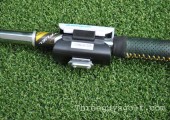











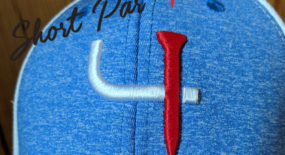

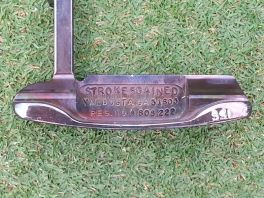
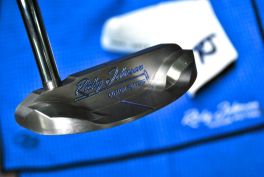



I am familiar with the club head under the arm drill. However, it seems that you are saying to start the left arm over the breast rather than beside your body. How is this different than just allowing the left arm to naturally move over the breast during the backswing?
Hey Mike,
I think thats a great question, and for me it has to do with the fact that when your wrists are more neutral, and doing less rotation in the swing, youre able to use your body and your big muscles to make a more consistent golf swing. When your left arm is on top of your breast, then your left elbow is more at the ground, or at your left hip socket, and less pointed down your toe line, or toward the target. For many people, they set up with their left arm beside them and then have their left elbow pointed toward the target, and they have to take an extremely strong grip, or rotate their wrists through impact to square the face. I think its easier and more consistent to have a more neutral grip, and let your arm ride on top of your chest as you turn… particularly if you stand taller, and your swing is a little more vertical, and not so around your body. And i think that also provided more consistent ball flight as well. If you have a chance, you can also see this idea in the video we posted with Rocco and Jimmy Ballard : )